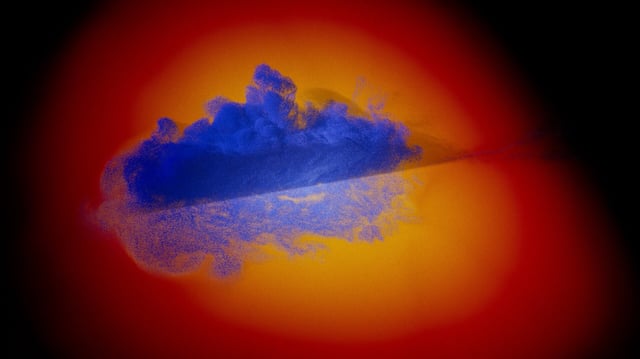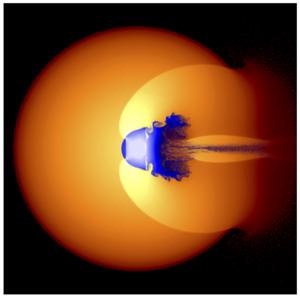Overview
- A Durham-led team used the SWIFT code on the DiRAC COSMA supercomputer with the REMIX SPH approach to test extreme collision scenarios and produced no stable dilute core.
- In the runs, rock-and-ice core material mixed only briefly before re-forming a sharp boundary with the surrounding hydrogen-helium envelope.
- The peer-reviewed study, published in Monthly Notices of the Royal Astronomical Society, revisits ideas proposed after Juno’s measurements revealed Jupiter’s gradual core.
- Authors conclude gradual accretion and internal mixing during formation are the more likely origin, noting recent evidence for a similar dilute core in Saturn.
- The findings inform how scientists interpret the interiors of Jupiter- and Saturn-sized exoplanets and advance methods for simulating giant planetary impacts.

